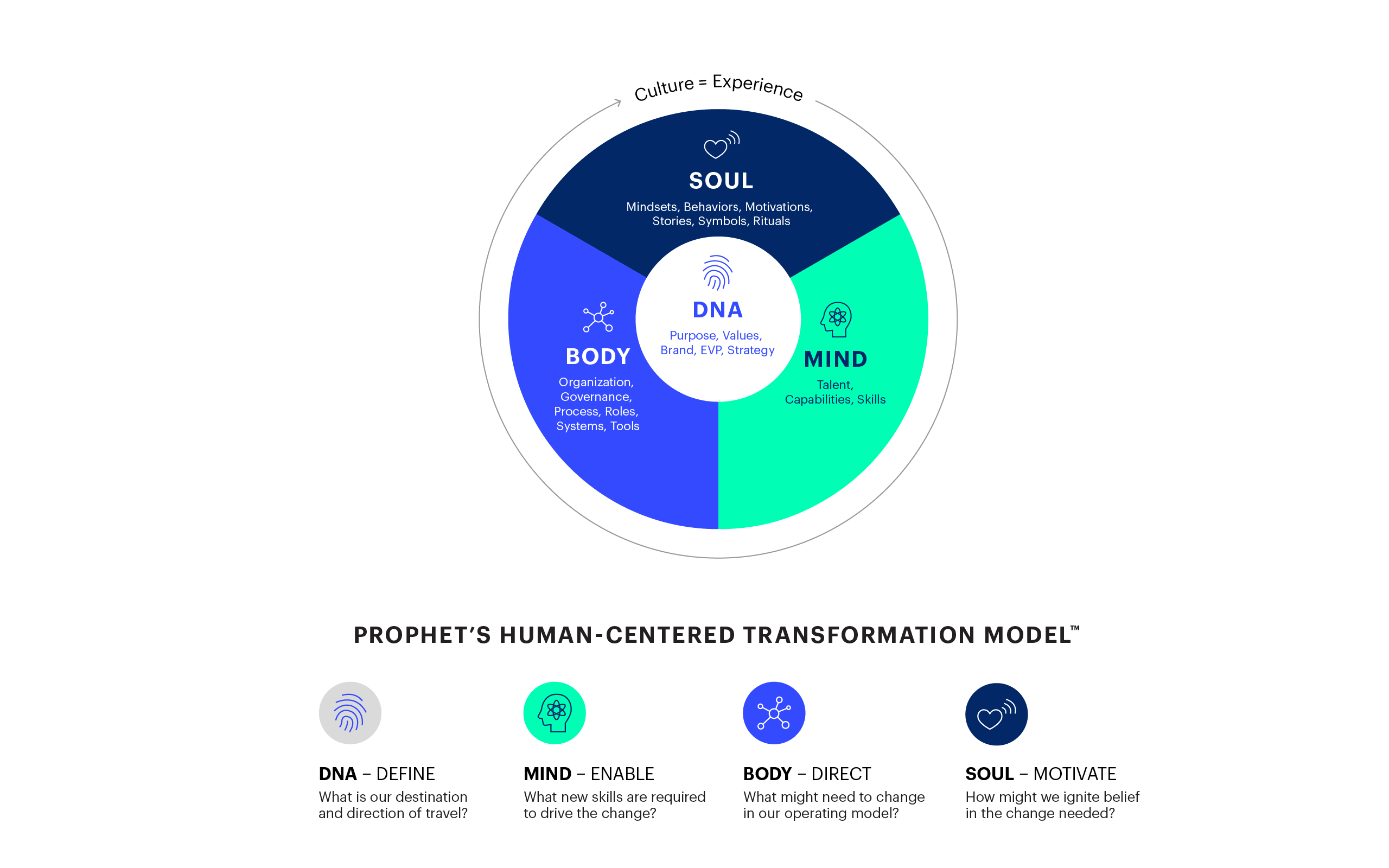BLOG
Unlocking the Potential: How Placemaking Shapes Experiences That Define Communities
Whether for greenfield projects or urban revival, the master plan is just the beginning. Bringing spaces to life calls for brand storytelling that engages every stakeholder.
As people continue their rapid shift to cities, some experts argue we’ve been living in the Golden Age of urban planning. Despite many challenges, new endeavors are breathtakingly bold. Ambitious projects like Saudi Arabia’s Neom, Vienna’s Seestadt Aspern and Dubai’s promise to become a “20-minute city” go beyond conceptualization, aiming to set global precedents for bringing places from inception to reality.
With revivals and reinventions, where the legacy of a place demands deeper consideration, exemplified by Sydney’s Barangaroo and London’s King’s Cross, the transition requires developers and planners to co-create with the communities who inhabit and frequent these already established locales, shaping spaces that align with their evolving needs and desires.
The master developers and planners meticulously craft construction blueprints that account for both short-term and long-term evolutions, incorporating considerations for population growth and the well-being of early inhabitants who may prefer not to reside near noisy, dusty construction sites. Although the investments in the rapidly evolving future wonders are well-defined, addressing the unforeseen consequences and sustainable management of how to best protect the planet necessitates a commitment to closing the loop and taking responsibility to reuse, reduce, and recycle across every experience, in every location and for every purpose.
And while the design and architecture will always grab headlines, the next step is just as important: telling the brand story of these ambitious new places to the many people who’ll live in them. As the project unfolds, it’s essential to define the cognitive relationship that will exist between these spaces and the individuals who use them. These projects aren’t just about refurbishing a train station or building the transit system of the future. They are about transforming everyday experiences into journeys of discovery.
If the governments and development companies behind the building are to succeed, people must understand that the places they are creating will be sustainable and enjoyable, fusing physical space with meaningful experiences. Developers must be convincing that the project drives positive outcomes: Genuine placemaking creates well-being, placing both people and the planet at its core.
The Human Side of Placemaking
When designing the experience strategies that will bring these ambitious projects to life, it’s important to remember that standing out from the crowd is getting more complicated. Urbanization continues to increase. Today, about 56% of the world’s population, roughly 4.4 billion people, live in cities. By 2050, the urban population will double, and almost seven out of 10 people will live in cities.
That’s because increasingly, cities are places of optimism, hope and reinvention. They are “not just mere containers for innovative activities,” writes Richard Florida, the urban theorist, “but are actively involved in the generation of new ideas, new organizational forms and new enterprise.”
Building these new relationships requires blueprints as detailed as the project’s physical architecture. While there are many steps to take along the way, Prophet starts by reimagining the project not just as a place but as a human being. Like real people, it is defined by DNA. This is the intent of the place, its vision – and it should shine through every expression. The project also has a mind, which – with the right skills and capabilities – will enable it to effectively engage people and investors. It has a body, too, allowing it to direct its efforts, helping the destination deliver value to people. And finally, the new place has a soul. It motivates and inspires everyone who encounters it.

(Enlarge)
How Do We Deploy This Philosophy Into Placemaking Projects?
Start With a Strategy and Positioning That Tells the Story
Seeing every place in this holistic way makes it clear the project is much more than a physical location. It’s a story waiting to unfold, connecting the space to the people who use it. This relationship is a cognitive bond animated by the project’s DNA.
To carry this DNA through to stories that are relevant, authentic and engaging, brand strategists need to look at many elements. And they need to focus on the desired result, which is the well-being of the people living and working in the developing location.
Show how the project’s purpose will be manifested through active living. And share the complexity of the environmental impact and sustainability goals, too. People everywhere are deeply concerned about the planet. They want to know you are thinking about every detail, from energy use to recycling to wildlife. In projects destined to last for generations, they need to believe you have the world’s best interest at heart.
Create an Experience Master Plan to Engage the Community
Placemaking requires an experience master plan, anticipating the many ways people will encounter the place, both physically and digitally. Each engagement and experience deepens the relationship between place and people, illuminating different aspects of the project.
Often, projects are bridging structures from the past – perhaps even centuries old – with those of the future. Which experiences help most to connect people with the spirit of the place? How can they tap into the cultural currents of their environment? How can these new experiences help shape the story? Think about their mobility and interaction with the place’s entire ecosystem.
These experiences aren’t a one-way street. It’s critical to get residents involved as problem solvers and co-creators. For example, Munich is a pilot city, along with eleven others in Europe, designing, implementing and scaling up circular systematic solutions for a more robust circular economy. The key to this transformation process lies in the collective collaborative power of all city stakeholders and having the tools to empower its citizens to cast a vote in favor of circularity. To that end, the Future Map was designed to provide the accessibility and convenience needed for the adoption of circular products and services by offering residents and tourists the opportunity to discover a more circular Munich on foot.
By staying close and engaging often, citizens are more likely to develop a sense of forgiveness during transition or construction delays and hiccups. We can take lessons from the most loved cities and brands that have endured through times of upward and downward trajectories, all while maintaining authentic relationships. Even if things don’t work, and that happens in our reality, the equity built in these relationships provides a balance of goodwill.
Using Technology and Innovation, Integrate Smart City Tech and Sustainability Goals to Promote the Brand and Attract Investment
To survive decades, generations and shifting human behaviors, places need vibrancy. Technological capabilities, powered by AI, predictability and simulation, are instruments that build that vibrancy. They allow for co-creating ideas and experiences with citizens and stakeholders, continually enhancing these destinations.
Vibrancy matters. Attraction to cities comes in waves. On upward trajectories, yesterday’s problematic and rough neighborhoods have historically revealed patterns evolving into cultural hotspots, rising as magnetic attractions to entrepreneurial talent, commerce and family centers.
In downward spirals, people leave, changing the needs and purposes of real estate. These downtimes demand strategies to remain desirable, establish a competitive advantage and adapt to unique factors that speak directly to social, multicultural and unexpected human needs.
Sustainability helps places maintain vibrancy. Today’s master planners’ deep commitment to sustainability and the environment is often hard for outsiders to fathom, computing climate factors decades in the distance. Every decision balances questions about energy, water and waste. Walkability, mass transit, green spaces and solar panels are as essential as shops and schools.
But it’s vital to translate this complexity to benefit every citizen. In our technological age, connectivity is considered as essential as water and electricity for people of all ages, abilities and incomes.
Technology should help deliver on the promise of every place initiative: Driving positive outcomes by placing people and the planet at its core.
FINAL THOUGHTS
With an integrated approach to placemaking, the intersection of brand and experience can bring the project’s DNA to life, making sure these new places make life better for people and the planet.
